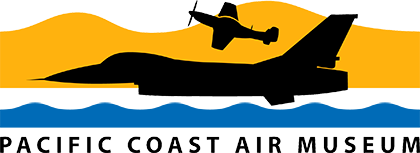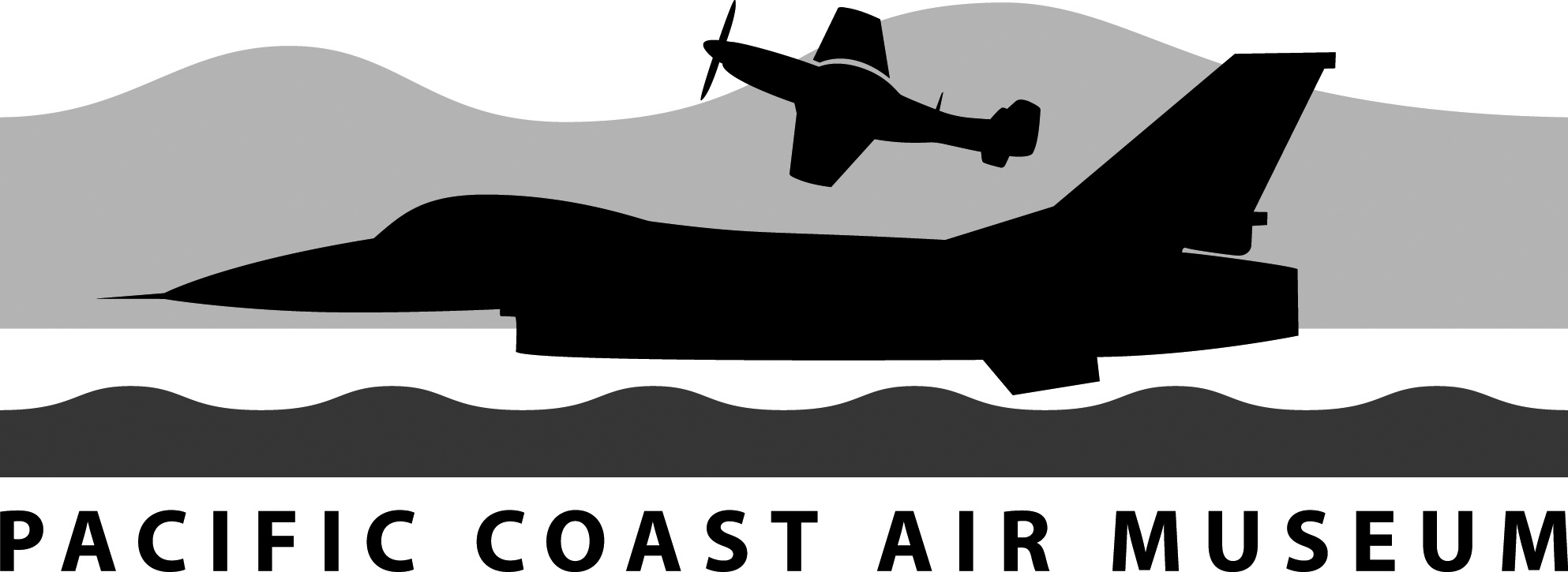F-5E Tiger II History
The development of the Northrop F-5 began in 1954 when a Northrop team toured Europe and Asia to examine the defense needs of NATO and SEATO countries. A 1955 company design study for a lightweight supersonic fighter that would be relatively inexpensive, easy to maintain, and capable of operating out of short runways. The Air force did not initially look favorably upon the proposal since it did not have a need for a lightweight fighter. However, it did need a new trainer to replace the Lockheed T-33, and in June of 1956 the Air Force announced that it was going to acquire the trainer version, the T-38 Talon.
On April 25, 1962, the Department of Defense announced that it had chosen the aircraft for its Military Assistance Program (MAP). America’s NATO and SEATO allies would now be able to acquire a supersonic warplane of world-class quality at a reasonable cost. On August 9, 1962, the aircraft was given the official designation of F-5A Freedom Fighter. Optimized for the air-to-ground role, the F-5A had only a very limited air-to-air capability, and was not equipped with a fire-control radar. The F-5B was the two-seat version of the F-5A. It was generally similar to the single-seat F-5A but had two seats in tandem for dual fighter/trainer duties.
Although all F-5A production was intended for MAP, in October 1965, the USAF “borrowed” 12 combat-ready F-5As from MAP supplies and sent them to Vietnam with the 4503rd Tactical Fighter Wing for operational service trials. This program was given the code name of “Skoshi Tiger” (Little Tiger), and it was during this tour of duty that the F-5 picked up its Tiger nickname.
On November 20, 1970, the Northrop entry was declared the winner of the IFA (International Fighter Aircraft) to be the F-5A/Bs successor. The emphasis was on the air-superiority role for nations faced with threats from opponents operating the late-generation MiG-21s. An order was placed for five development and 325 production aircraft. In January of 1971 it was reclassified as F-5Ej The aircraft came to be known as “Tiger II”.
The US Navy Fighter Weapons School (the so-called “Top Gun” school) at NAS Miramar acquired a total of ten F-5Es and three F-5Fs for dissimilar air combat training. Because of F-5s characteristics, which were similar to the MiG-21, was used as “aggressor” aircraft, equipped the FWS and VF-126 at NAS Miramar, plus VF-43 at NAS Oceana. All three units later disposed of their Tiger IIs in favor of the General Dynamics F-16N. These tiger IIs were passed on to VF-95 at NAS Key West and VFA-127 at NAS Fallon. During FY 1996, VFC-13 moved from NAS Miramar, CA, to NAS Fallon, NV, and transitioned from 12 F/A-18 to 25 F-5 aircraft. VFC-13s flight hour program will increase to offset the scheduled decommissioning of the two remaining Active Component adversary squadrons, VF-45 and VFA-127. This transition to the F-5 adversary aircraft will provide Active and Reserve Navy pilots with air-to-air combat training at significant savings to the taxpayer. Recent estimates show that the F-5 can be operated at one third of what it costs to operate an F/A-18.
F-5 Tiger Pilots Association
If you were associated with the F-5 either as a designer, builder, pilot or maintainer, then you may be interested in joining the F-5 Tiger Pilots Association. This association publishes e-newsletters devoted to the history and future of the Northrop F-5. Their primary publication is TIGER DRIVER, which is published twice each week and contains first-person narratives of building and flying the F-5. They also publish TIGER INTERVIEWS with certain individuals in the Association, TIGER RECONS, which are F-5 related pictures from the members’ private collections, many of which have never been published before, TIGER BLASTS, which are news bulletins and updates, and TIGER TRIBUTES, which are commemorative essays. Typically each week, every member receives two to five e-publications. There are no dues to join, but the Association does require one “My Favorite F-5” story from each member annually. If you were associated with the F-5 in a significant manner, then you are encouraged to email Rick Mitchell, the Editor and Founder, at [email protected] for more information.
F-5E Tiger II Specifications
Length
47 ft 4.75 in (14.45 m)
Wingspan
26 ft 8 in (8.13 m)
Height
13 ft 4.5 in (4.08 m)
Wing area
186 sq ft (17.28 sq m)
Empty weight
9,558 lb (4,349 kg)
Loaded weight
15,745 lb (7,157 kg)
Max. takeoff weight
24,722 lb (11,214 kg)
One: Pilot
Maximum speed (clean)
1,083 mph (1,743 km/h) or Mach 1.64 at 36,000 ft (10,975 m);
Service ceiling (clean)
51,800 ft (15,790m)
Maximum range with drop tanks
1,543 miles (2,483 km )
Two 2,268 kg (5,000 1b) thrust General Electric J85-GE-21A afterburning turbojets
Two 20mm M39A2 cannon in fuselage nose and two AIM-9 Sidewinder missiles on wingtip launchers, plus up to 3175 kg (7,000 lbs) of mixed stores.
Joe Cholewa





















